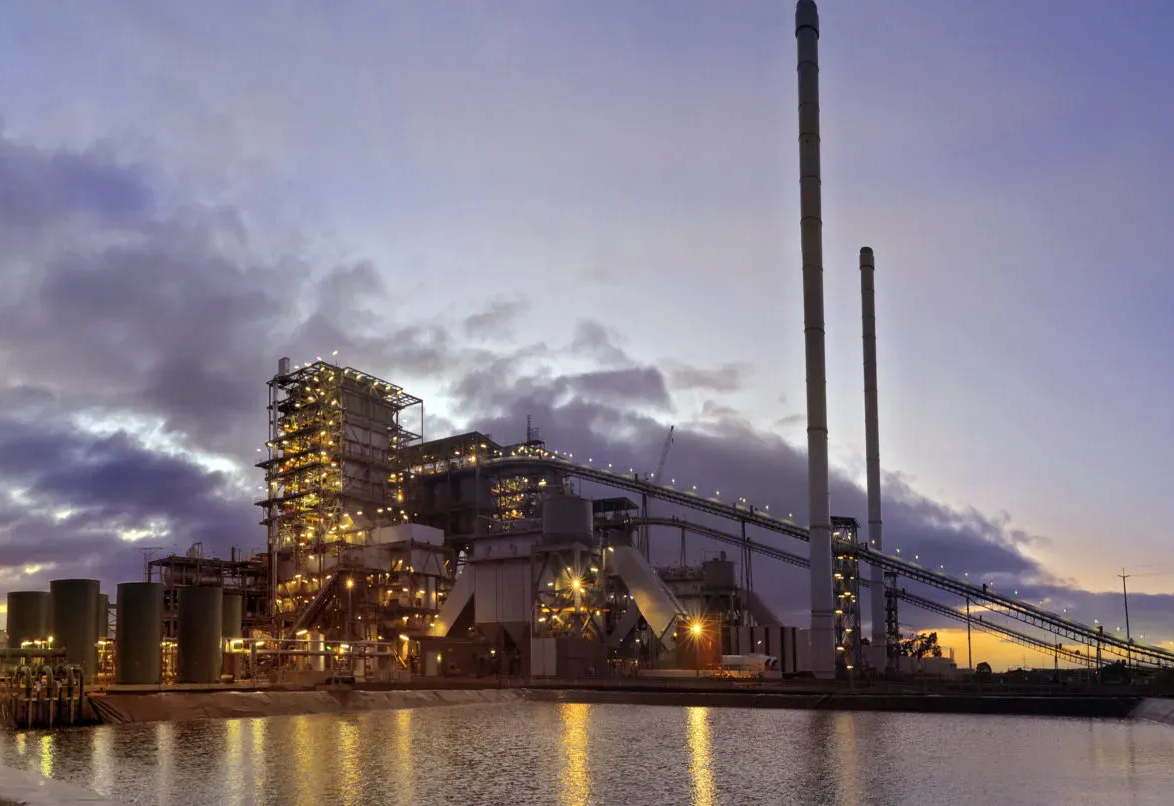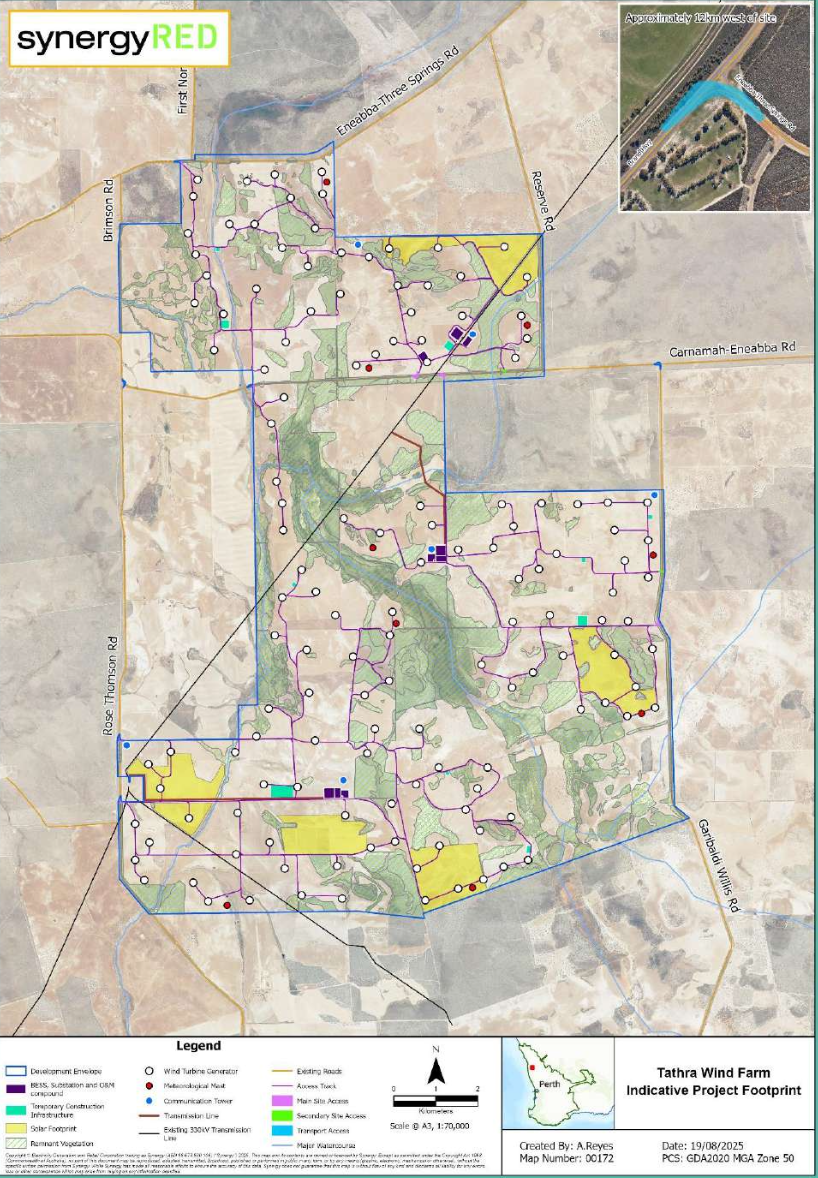Gas leftover from exports not enough for WA power and industry: AEMO
Rising gas prices resulting in job losses are inevitable unless the WA government mandates more supply from gas exporters.
The state-owned utility needs to replace the generation capacity it will lose by closing down all its coal-fired power stations over the next four years.

State-owned power utility Synergy is seeking planning approval for a 1.5-gigawatt renewable energy farm near Carnamah, a three-hour drive north of Perth.
The Tathra Wind Farm could have up to 140 wind turbines with a maximum capacity of 1000 megawatts, solar panels generating 500 megawatts, and batteries to store 500 megawatts, according to a planning application released for comment by the Shire of Carnamah in mid-September.
The combination of wind, solar, and batteries would allow Synergy to maximise the utilisation of the nearby Eneabba to Three Springs 330 kilovolt transmission line's capacity.
The wind farm would span 158 square kilometres of land across nine farms, whose owners have consented to the development application. The facilities would use about ten per cent of the land.
The tips of the wind turbine blades could reach up to 250m above the ground, the same height as Central Park in Perth, where Rio Tinto is based.
Synergy plans to build Tathra, which it estimated will cost $4.5 billion, in stages. If full capacity is reached, it will be by far the biggest wind farm in WA.
In the meantime, that title will soon belong to nearby Warradarge Wind Farm, which will generate 283 megawatts once the $400 million installation of an additional 30 turbines to add 103 megawatts of generating capacity is completed in 2027.
The Warrdarge expansion will help Synergy replace the generation capacity it will lose when its Collie coal-fired power station closes in 2027. The utility will close its last coal-fired power station, Muja, in 2029.
Synergy would have to develop Tathra extraordinarily quickly for it to be operating before Muja closes.

Up to one million solar panels will be needed to generate 500 megawatts of electricity. They will be mounted on a tracking system to follow the sun and may be "bi-facial," allowing light reflected off the ground to be used.
The panels will be installed in areas the farmers identified as of low agricultural value, and Synergy will consider designs that allow sheep to graze between the panels.
Synergy declined to comment.

All the info and a bit of comment on WA energy, industry and climate every Friday